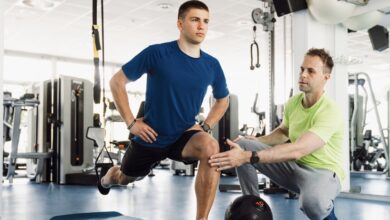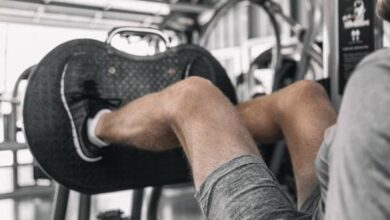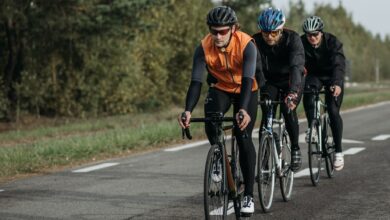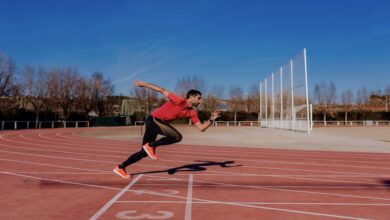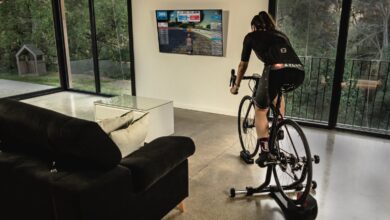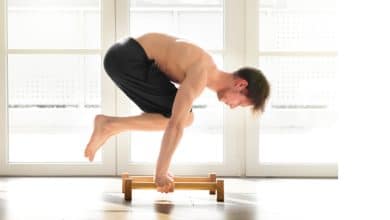10 keys to improve your career training
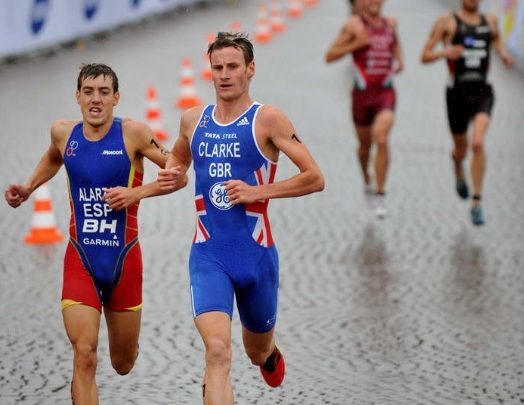
Our Partner Victory Endurance has provided us with this article written by Rodrigo Gavela where he explains some of the keys to improving the race.
The training should be an essay or a simulation, never a smash. The resistance It is achieved with the sum of days of training over the months and years, to more experience better results. Resistance work is a matter of patience. The impatient and impulsive runner is doomed to failure. He who is patient, cold, calculating, meticulous, calm, meditative or observer will achieve good results, or at least he will personally succeed by improving his marks.
Start Slowly Go to your Own Rhythm. Adapt the training to your needs and your environment. Listen to your classmates, you can always learn a lot. Be constant and patient. Rest if you want to assimilate the training. Enjoy running. Let your imagination fly while you run.
-
Rest it is the most important part of training. It is what allows you to assimilate all the work, what prevents overloads and what prevents inopportune injuries. These injuries can make you lose in a week what you have gained in a month. For a three hour marathon runner it would be advisable to rest two days a week and the day after each competition, as well as a minimum of four days after the marathon. For runners of more than three and a half hours, I would add one more rest day a week. If you find yourself tired or have any muscle discomfort, do not hesitate to rest one more day. All those runners who have jobs that mean great physical exhaustion, must be aware of this and have to try to rest as much as possible. In addition to not overloading yourself with too many kms, you should intersperse strong workouts with light ones.
-
The long, slow and continuous race is the essence of training for the long-distance runner. It is done at a moderate speed and serves to resist running for longer. It totally oxidizes the energy material: carbohydrates and fats, with great profitability, but more slowly. Run-ins promote general organic resistance, accustom the muscle to use fat for fuel, and lead to a reduction in the basal pulse at rest, thereby making the heart more efficient in its work.
-
The series and repetitions They are essential to improve aerobic power and therefore to continue improving personal brands. The series of medium and long distances, the changes of rhythm, the strong or controlled rhythms and the series of slopes, allow the organism to get used to recycling lactate. Due to the increased oxygen demand, cardiovascular efficiency increases, the heart enlarges and muscle blood perfusion improves.
-
The Changes of Rhythm. They are games of speed and controlled rhythms during filming. In which rhythms are interspersed with varying frequencies, intensities and lengths. They are more effective if they are made on varied terrains, with some gentle slopes.
-
Of the variety of possible different rhythms and their mixtures will leave a better preparation facing the competition.
-
The stretches they are fundamental, they should be done especially after each training, then with more concentration, during 20 "at least, by exercise. They are made so that the muscles recover their pre-exercise state, they reduce the overload, which allows better drainage and stimulates a greater blood circulation, which allows to better assimilate the training. Running many kms and not stretching causes a huge muscle imbalance, which in the medium term means injury.
-
To achieve good efficiency It is necessary to work regularly on the career technique. Running well means adapting the technique to the personal characteristics of the runner and, moreover, it is essential to improve performance. It is necessary to differentiate the efficiency (or career economy) of the long distance runner, from the stride efficiency of the mediofondistas and sprinters. Race economics must predominate in the long distance runners and especially in the marathon runners.
-
With the exercises abdominal and with lumbar muscles strengthen the muscles that keep us upright, and thus avoid back pain and pelvic area. It is necessary to dedicate every day to train specific minutes to perform four abdominal exercises and one lumbar.
-
The force it is a basic capacity that directly influences the runner's performance. By further developing this capacity, muscle recovery is accelerated, the appearance of injuries is largely avoided and it is vital to improve and enhance the levels of career technique. By working strength in the quadriceps many knee injuries can be avoided. The force is directly responsible for the speed (more force, more speed) and is a capacity easily improved and acquirable in the long corridors.
-
The Combined Training allows you to train in parallel without running. It consists of practicing several different sports each week. In addition to running, it is advisable to go out some day by bike, go swimming, go hiking or take long walks. These other sports practices, aerobic work, allow you to rest from the running routine. They are just one example, and their number can grow as much as the ability that the athlete has in other sports practices, which although less aerobic, are important to strengthen and enhance: tennis, squash, paddle tennis, basketball, football, rowing, canoeing, judo , etc. These should be scheduled on a day that does not train long or series, the ideal is to replace a day of shooting with the practice of another sport. It should always be done at a moderate intensity, to avoid overloads and uncomfortable stiffness.
There are no previous results.








